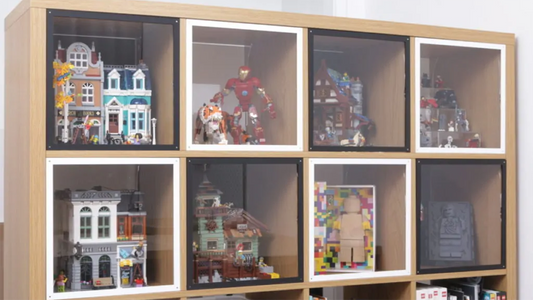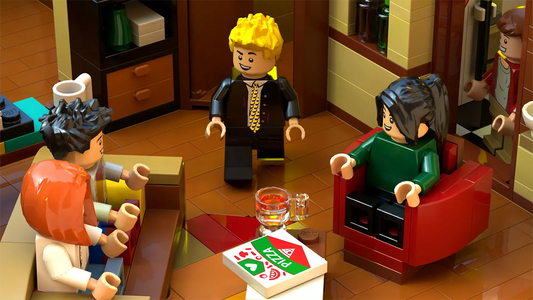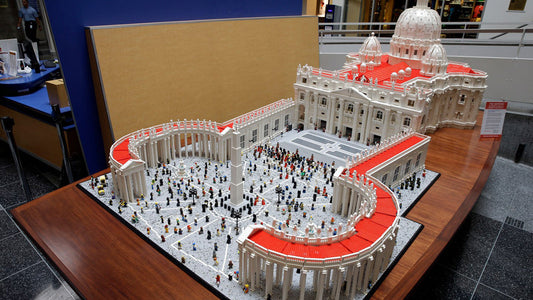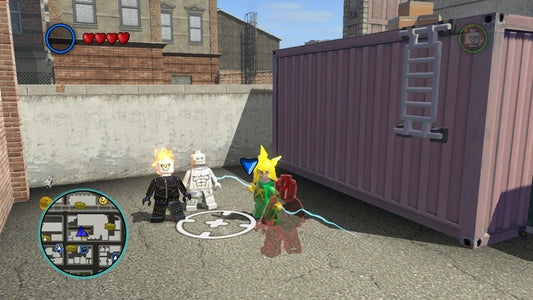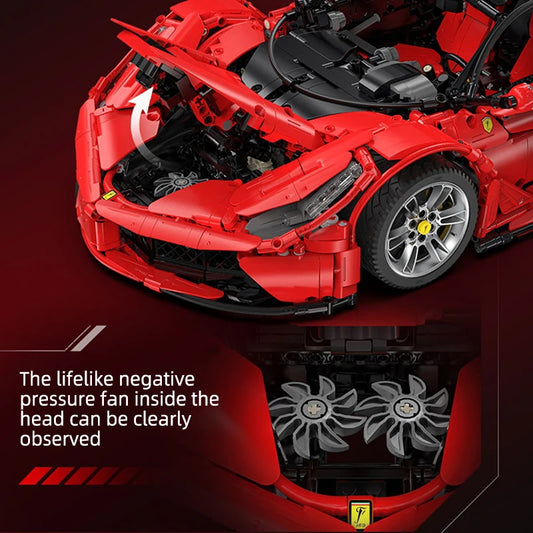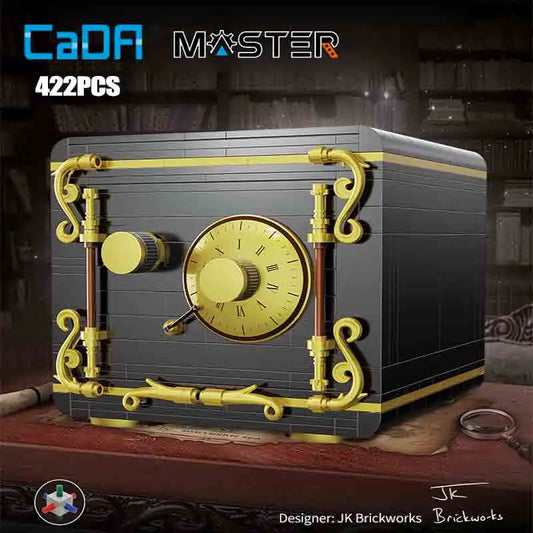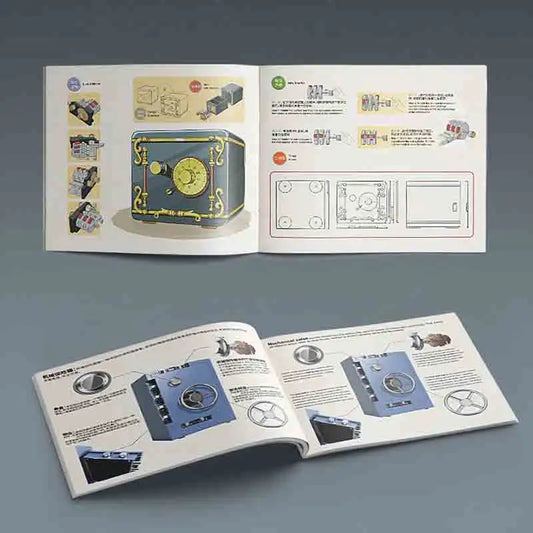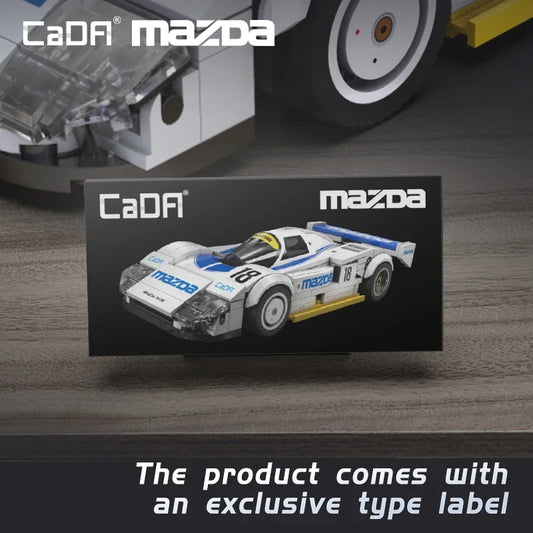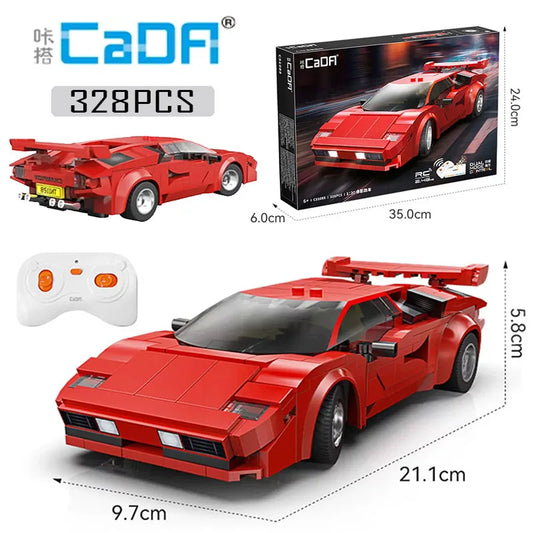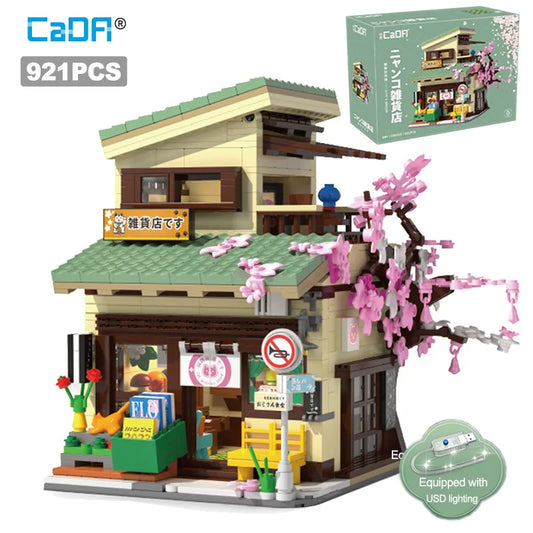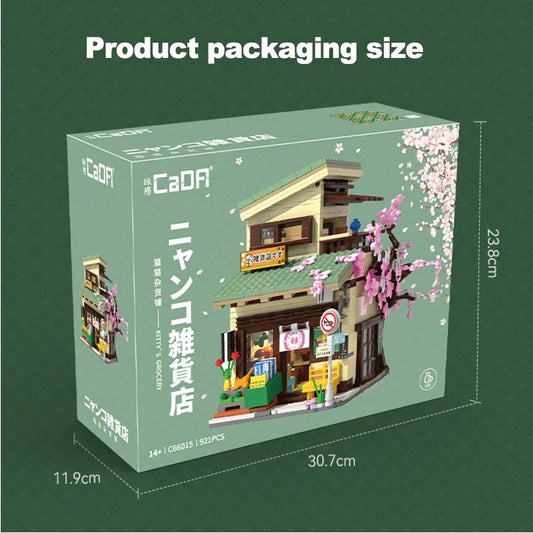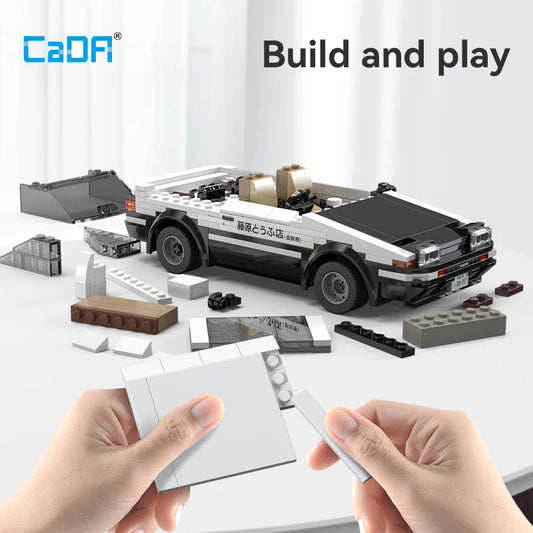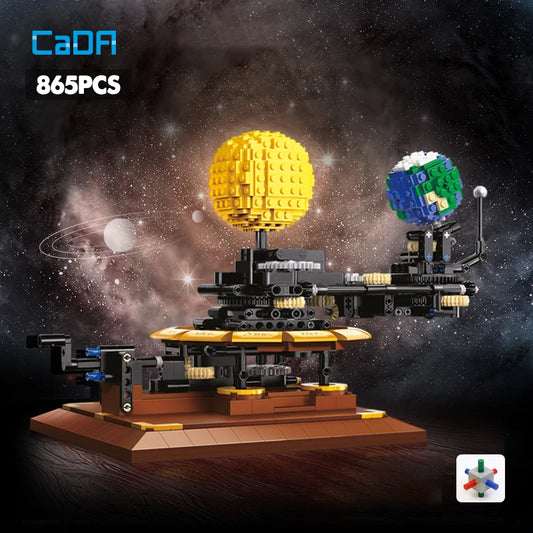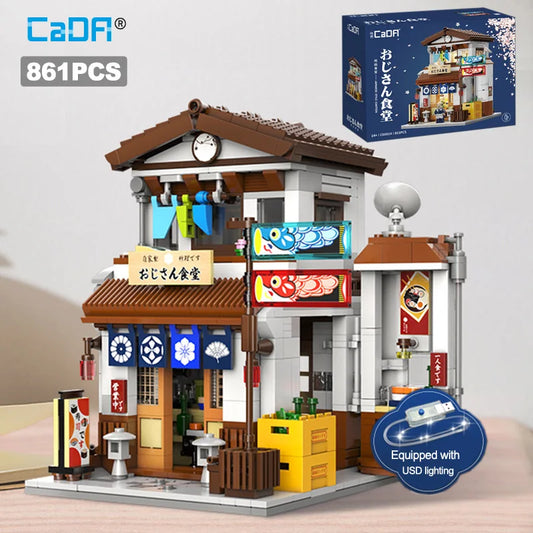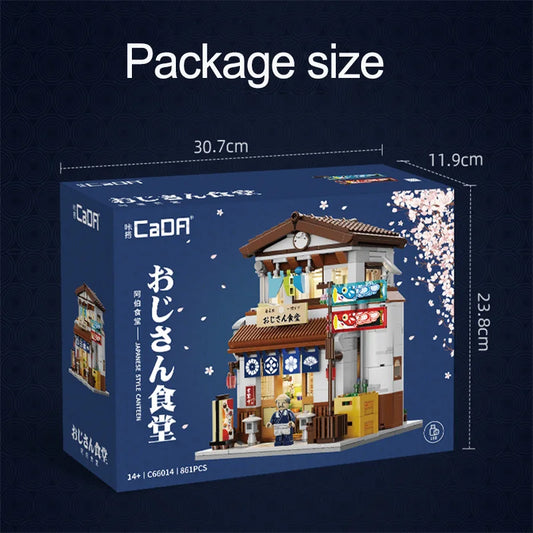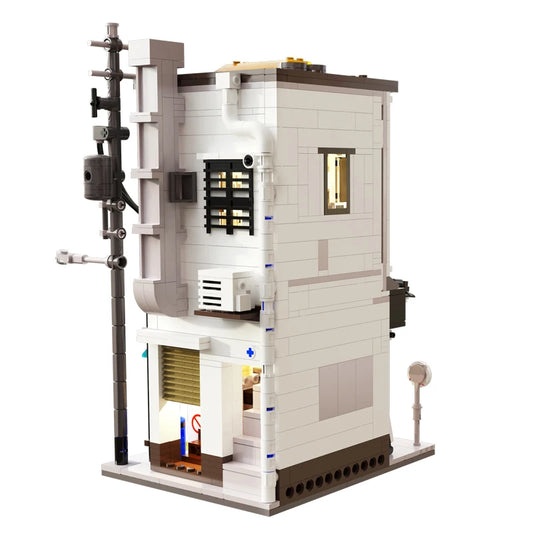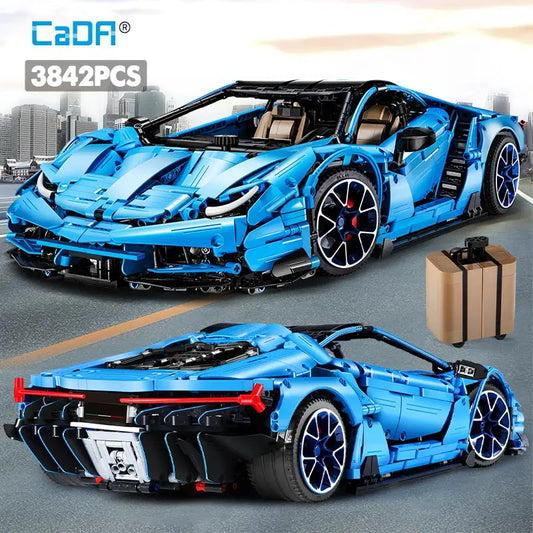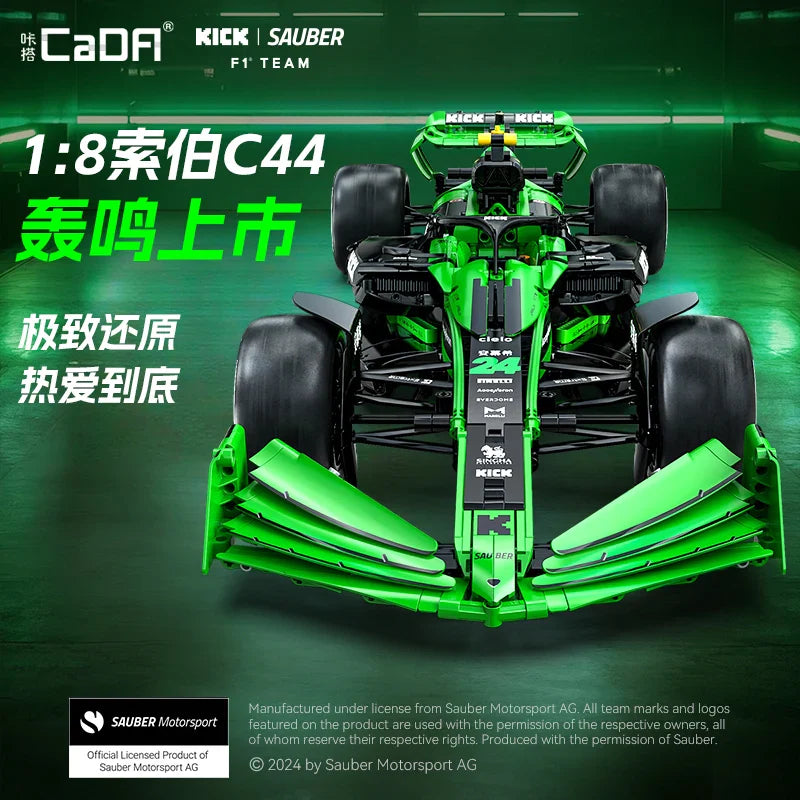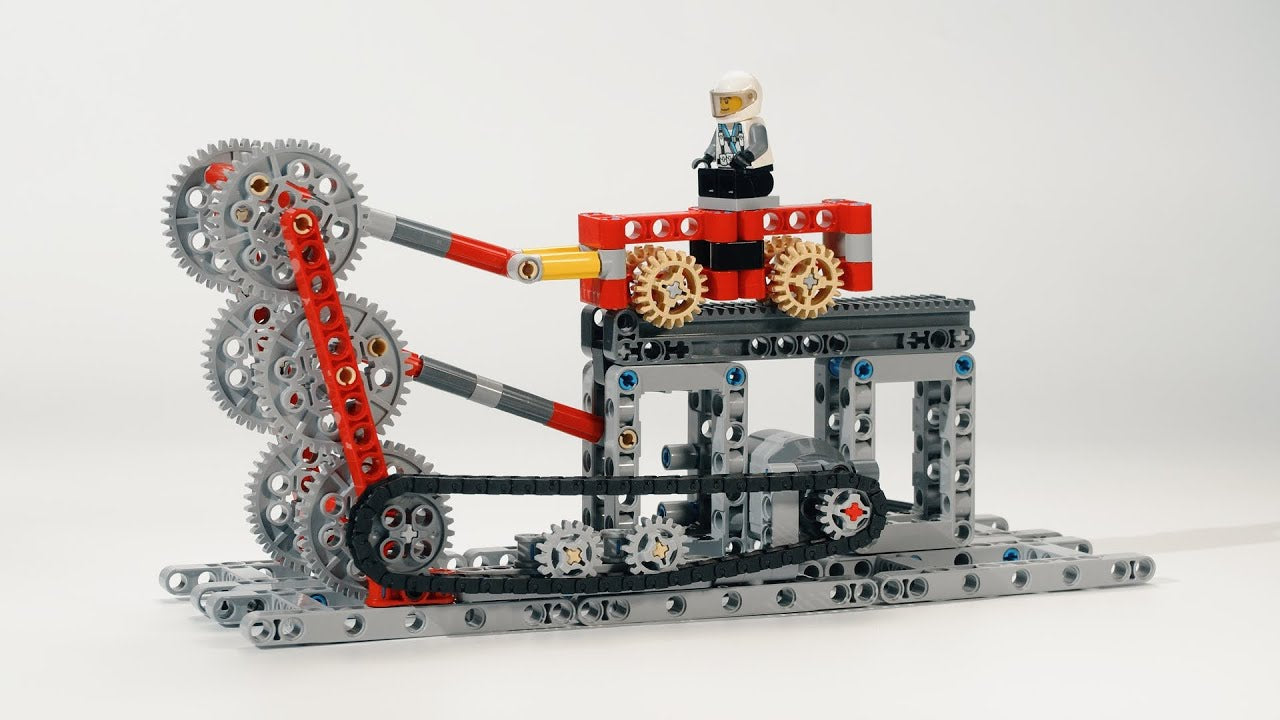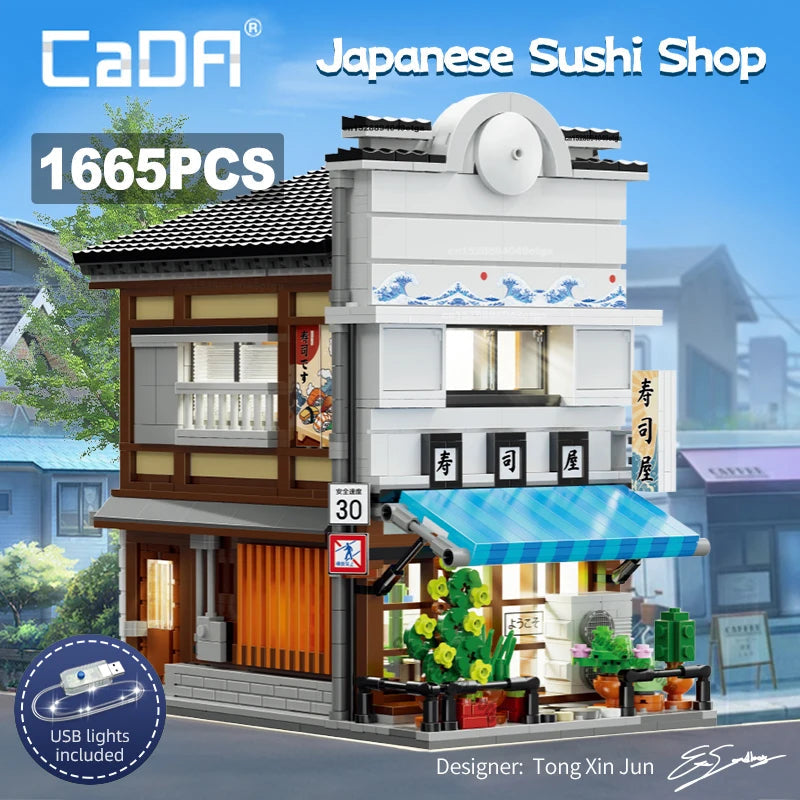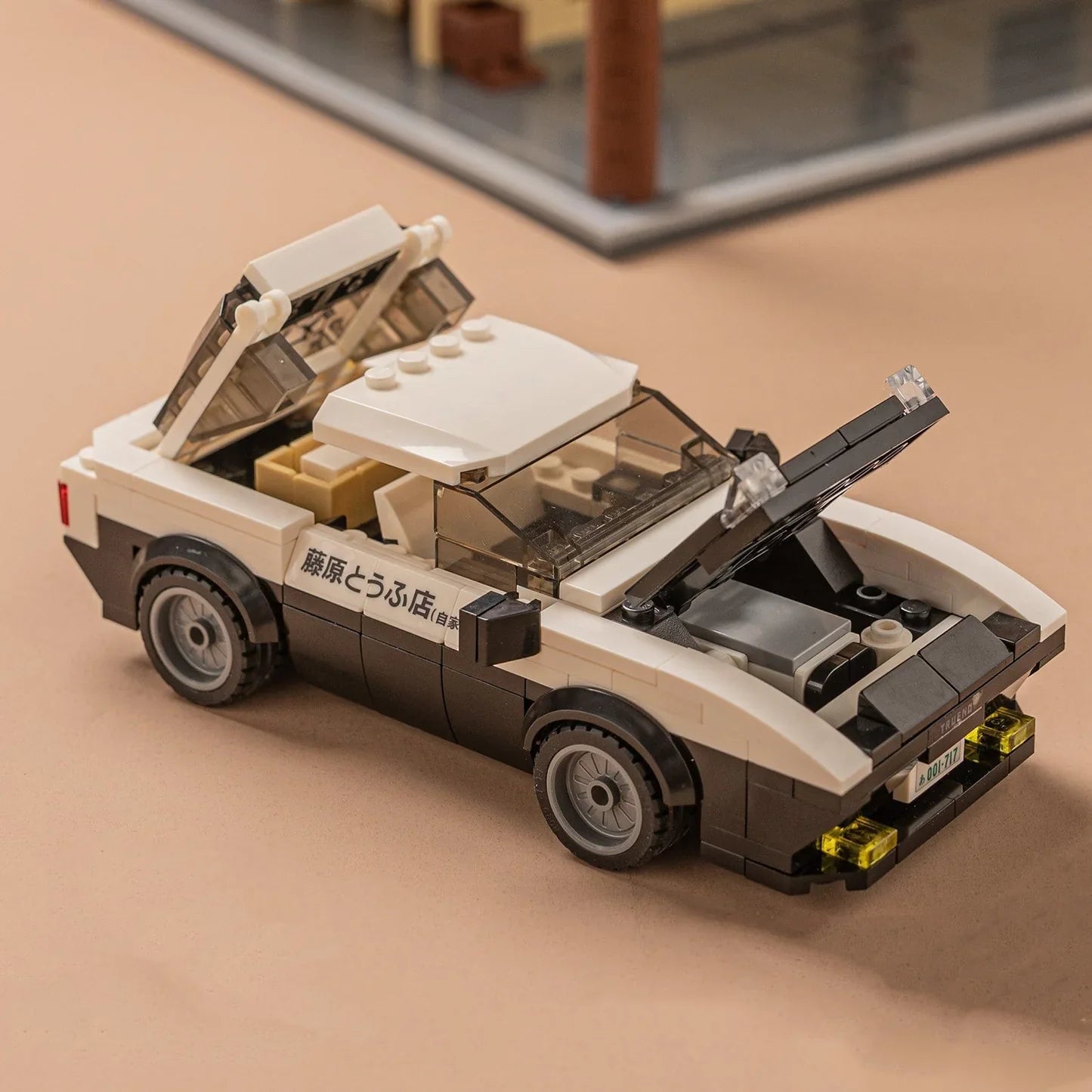How to Clean Dirty LEGO Bricks 2025

Share
LEGO bricks are more than just colorful building blocks—they’re cherished pieces of creativity, nostalgia, and even investment. Over time, however, these beloved bricks can accumulate dirt, grime, and sometimes stubborn stains, especially if sourced second-hand or played with outdoors. As someone with hands-on experience and researched expertise in LEGO care, I can confidently say that cleaning dirty LEGO bricks is both an art and a science demanding the right techniques and materials to restore their vibrant look and functionality without damage. In this comprehensive guide, I’ll share step-by-step methods, expert tips, and crucial precautions based on LEGO’s own recommendations and seasoned AFOL (Adult Fans of LEGO) community wisdom.
Whether you’re a parent wanting to maintain your child’s collection, a collector restoring vintage bricks, or someone who recently bought a bag of dusty LEGO pieces, understanding how to clean LEGO bricks safely and effectively is essential. Using improper methods—like harsh chemicals, hot water, or abrasive tools—can warp, discolor, or degrade the plastic. Conversely, a carefully planned cleaning routine will refresh your LEGO collection, removing dirt, oils, and sticky residues while preserving stickers and printed parts. Through this article, you’ll gain confidence and actionable knowledge to bring your dusty LEGO sets back to life.
Why Cleaning LEGO Bricks Matters
LEGO bricks are made from a durable ABS plastic that resists a lot of wear and tear. Still, natural oils from hands, dust, food residues, and environmental pollutants can build up and dull their iconic shine. Beyond aesthetics, cleanliness matters for:
-
Maintaining clutch power: Dirt and grime reduce the bricks’ ability to firmly connect.
-
Hygiene: Children and collectors alike benefit from sanitized bricks, especially after prolonged storage or third-party sales.
-
Preservation: Avoiding molds and residue buildup protects the plastic quality and lifespan.
With focused attention, cleaning dirty LEGO can enhance both playability and long-term preservation.
What You’ll Need: Essential Supplies for Cleaning LEGO Bricks
Before diving in, gather the following:
-
Warm water (no hotter than 104°F / 40°C to avoid warping)
-
Mild dish detergent (ideal for removing oils and food residues)
-
Soft cloth or sponge (non-abrasive)
-
Soft-bristled toothbrush or makeup brush (for detailed scrubbing)
-
Mesh laundry bags or strainers (to contain small pieces during washing)
-
Towels or drying rack (for air drying)
-
Optional: Isopropyl alcohol for stubborn stickiness (used sparingly)
Avoid household cleaners with perfumes, oils, or bleach, as well as washing machines, dishwashers, and drying devices like hair dryers or ovens.
Step-by-Step Guide: How to Clean Dirty LEGO Bricks Safely
1. Sort and Inspect Your LEGO Bricks
Start by thoroughly sorting your collection. Separate very small pieces, delicate elements (like cloth sails or capes), electronic components, and stickered or printed bricks. These require more cautious, spot-cleaning methods or should be avoided in soaking altogether.
2. Pre-soak and Remove Loose Dirt
Fill a basin with warm water (under 104°F or 40°C) and add a few drops of mild dish detergent. Submerge the LEGO bricks entirely and let them soak for a minimum of 30 minutes, but for very grimy bricks, soaking for several hours or even overnight is beneficial. This loosen the dirt and oils without damaging the plastic.
3. Gentle Scrubbing for Stubborn Grime
After soaking, use a soft toothbrush or a soft-bristled brush to gently scrub bricks, paying attention to nooks and studs where dirt congregates. For bricks with heavy residue or sticker glue remnants, a light dab of isopropyl alcohol can help dissolve the stickiness—apply carefully to avoid affecting colors or prints.
4. Rinse Thoroughly
Once cleaned, rinse all LEGO bricks under cool running water to remove all soap residue. Any leftover detergent can cause sticky films or discoloration when drying.
5. Drying Your LEGO Bricks
Spread the cleaned bricks evenly on an absorbent towel or drying rack in a well-ventilated, shaded area. Avoid direct sunlight, which can fade colors or warp bricks. Leave them to air dry completely for at least 24 hours to prevent mold.
Special Considerations for Stickered and Printed Pieces
Stickers and printed LEGO bricks are prone to water damage and peeling. Rather than soaking, clean these components by dabbing gently with a damp cloth with mild detergent, then dry immediately with a soft towel. This helps protect the detailed surfaces while keeping them clean.
What Not to Do When Cleaning LEGO Bricks
-
Don’t wash bricks in the dishwasher or washing machine; heat and strong detergents can deform plastic.
-
Avoid hot water above 104°F (40°C), which risks warping bricks.
-
Never dry bricks in a microwave, oven, hair dryer, or direct sun.
-
Avoid harsh chemicals like bleach or alcohol in high concentrations.
-
Don’t scrub with abrasive materials or hard brushes.
Additional Tips from Experienced LEGO Enthusiasts
-
For extra drying efficiency, some enthusiasts use a salad spinner for smaller pieces after rinsing.
-
Mesh laundry bags help keep many small pieces together during soaking and rinsing, minimizing loss.
-
Occasionally reposition bricks during drying to avoid clumping and ensure all sides dry evenly.
-
Use a makeup brush for delicate dry dust removal if bricks aren’t heavily soiled.
Final Words: Keep Your LEGO Collection Sparkling
Cleaning LEGO bricks isn’t just a chore—it’s an investment in the longevity and joy of your collection. With steady hands, patience, and the right techniques, you can restore dull, grimy bricks to their original polish while protecting their form, functionality, and aesthetic details.
By following the guidance above, based on LEGO’s own advice and real-world experience, you’ll have a clean, vibrant collection ready for years of building adventures and display. Remember, the key to clean LEGO bricks is gentle care: mild solutions, cool water, careful drying, and little patience for grime.



